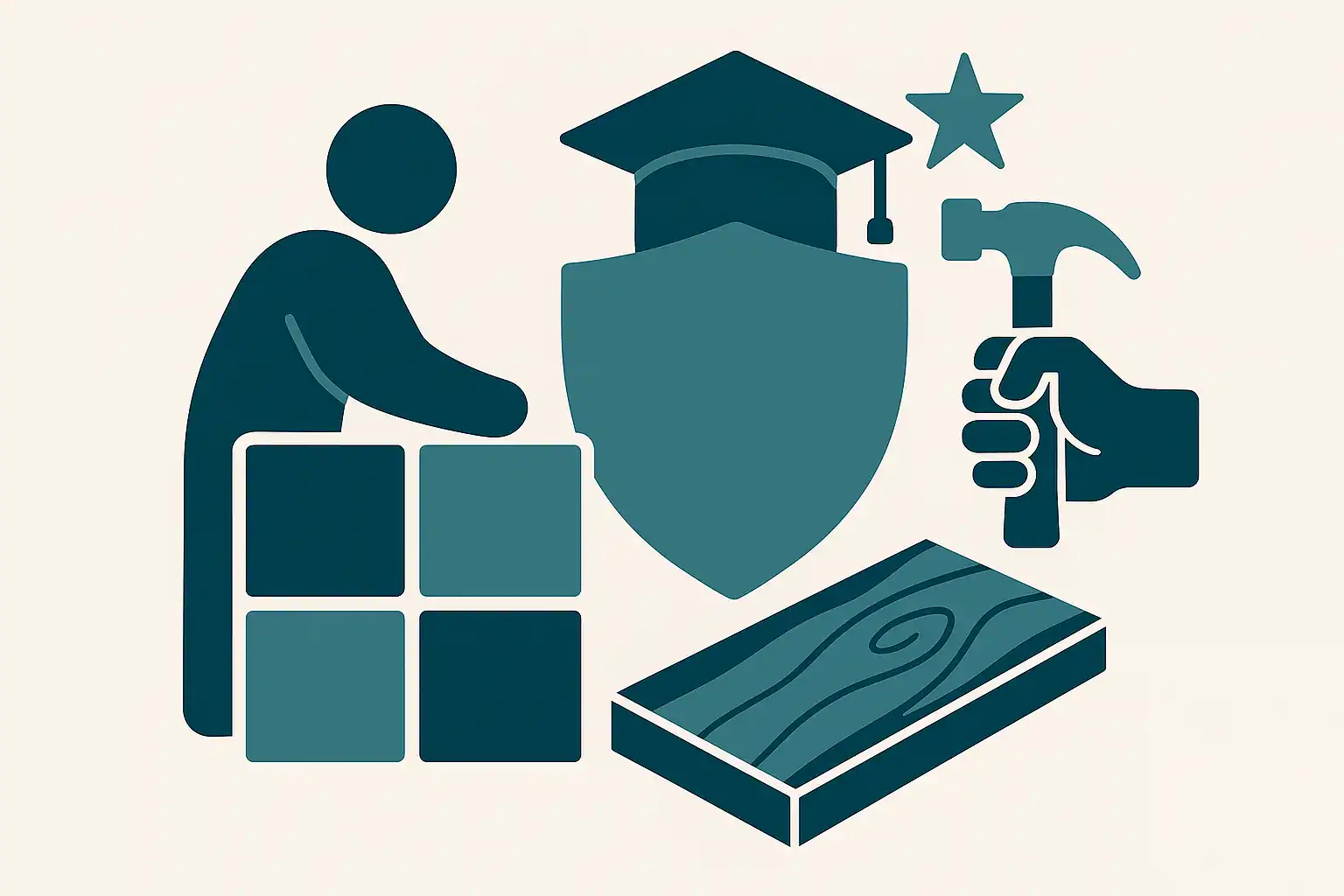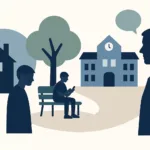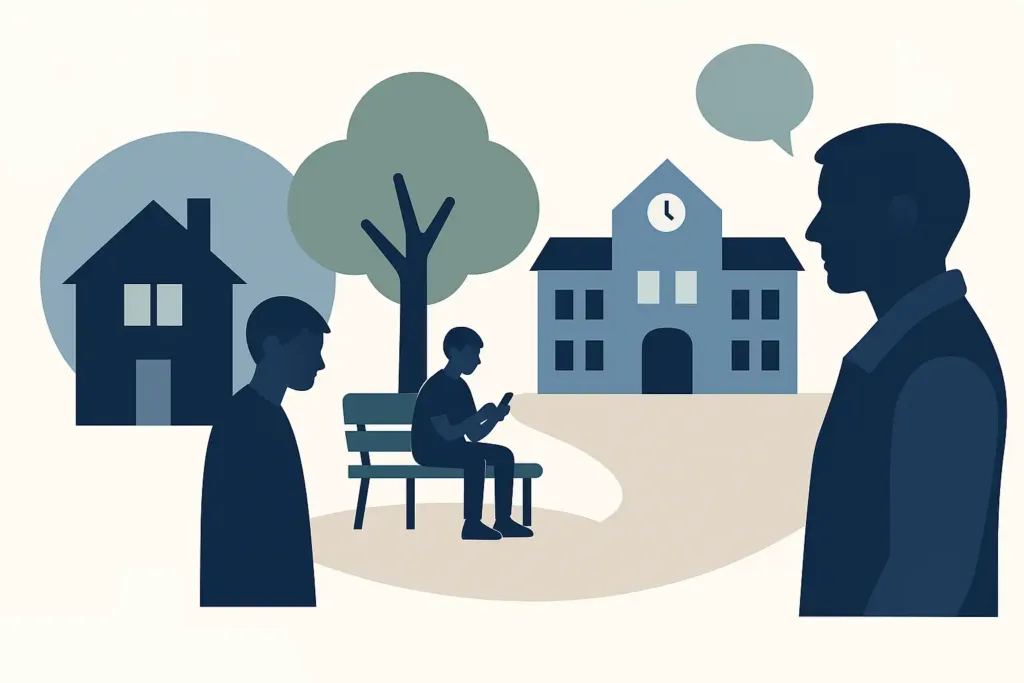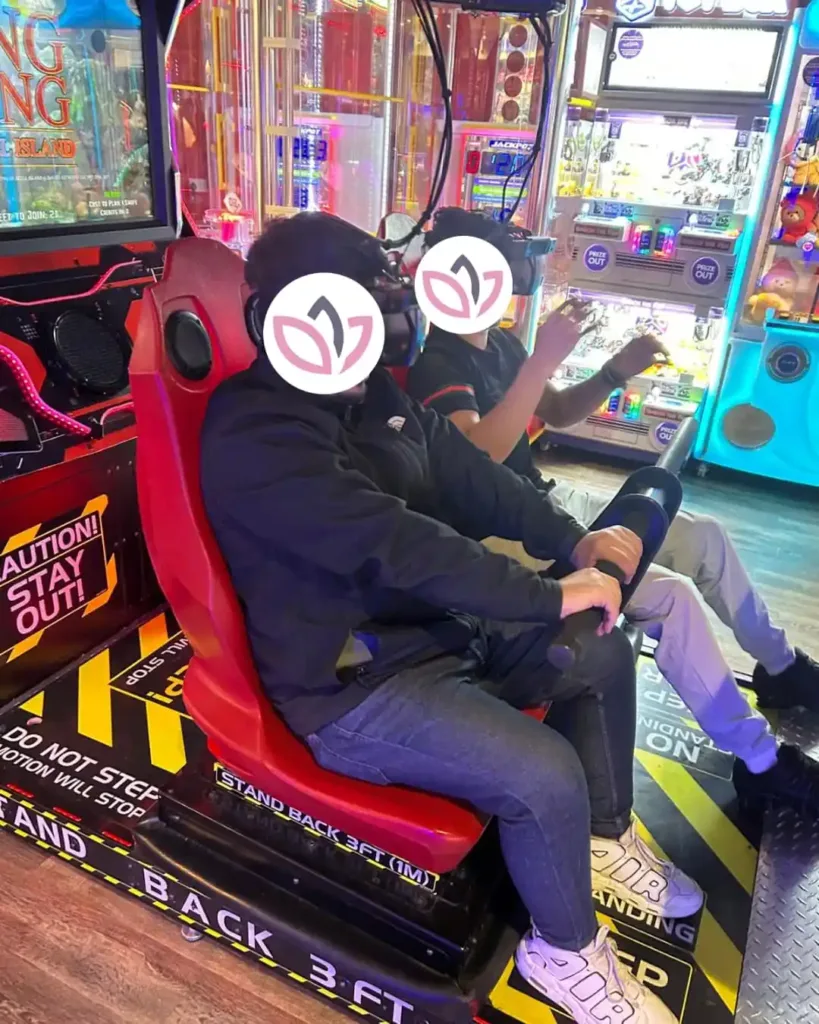When traditional schooling didn’t work, one young person found success through practical learning at Leeds College of Building. Guided by structure and steady support, he learned that effort leads to progress and progress builds confidence. Through tiling, woodwork, and teamwork, he’s developed not only new skills but also a stronger sense of self and pride …
The Strength of Learning by Doing
Not every young person finds success in a traditional classroom. Rows of desks, long lessons, and written tests can leave some learners restless or disengaged. For them, learning does not come alive through theory on a whiteboard. It comes alive through action, through doing, through seeing results take shape under their own hands. This is where practical skills make all the difference.
At Leeds College of Building, one of our residents has been discovering exactly that. He has been learning to develop practical skills that connect effort to achievement in a direct and meaningful way. Each day, he greets staff courteously and steps into a structured environment where expectations are clear and progress is visible. For him, the workshop has become a place of focus and calm, a space where learning finally makes sense. One of his early projects was a tiling design practical assignment.
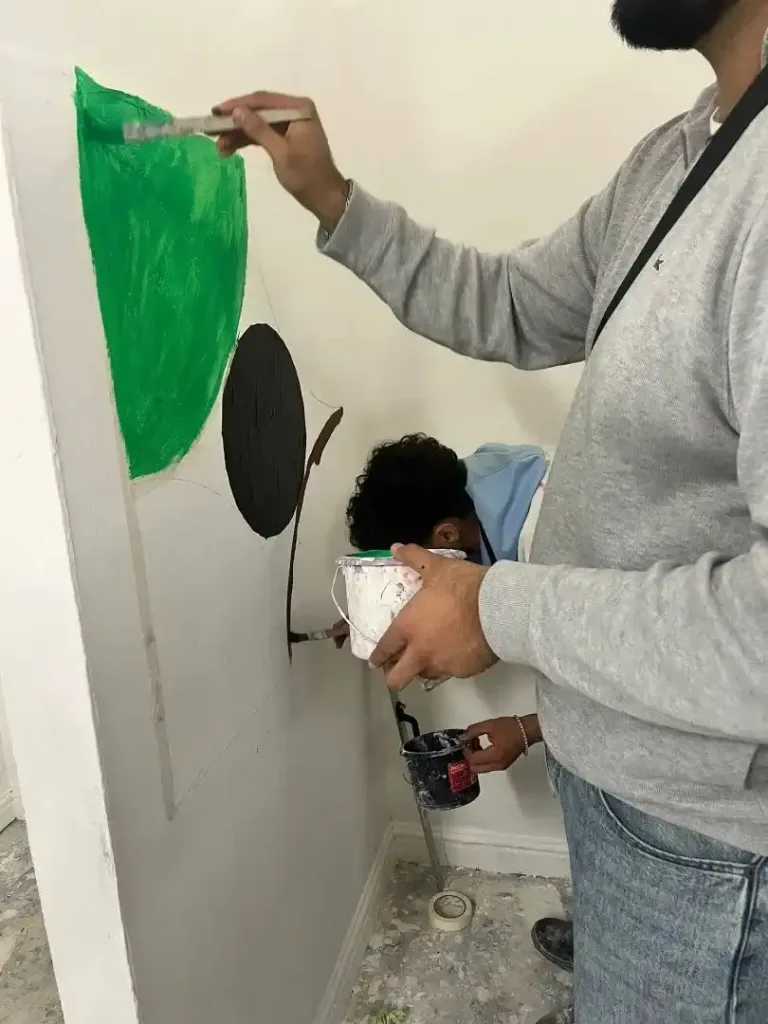
At first, he found the precision frustrating: measuring, cutting, and aligning pieces so each fit perfectly. It was slow, demanding work. Yet as the design began to take shape, something clicked. He saw the result of his effort forming right in front of him. The satisfaction of doing something well replaced the irritation of getting it wrong. Mistakes no longer felt like failures; they became part of the process. That shift from frustration to persistence is where growth began.
His next challenge came in woodwork, where he completed a basic mortise and tenon joint. This task required accuracy, patience, and a steady hand. At first, his frustration returned. The pieces would not fit, and his instinct was to give up. But with guidance, he learned to pause, adjust, and try again. Overcoming that moment of struggle gave him more than a finished piece of work. It gave him confidence. He began to understand that effort, when combined with structure and support, leads to real success.
Throughout these sessions, his behaviour in the learning environment was calm and positive. He responded well to direction and benefited from structured breaks that helped him reset and refocus. The workshop’s traditional expectations around punctuality and presentation gave him a sense of belonging and routine. When motivation dipped, staff responded with firm but kind reminders that helped him regain focus without conflict. That consistent, respectful approach built trust and accountability.
What stands out most is how his confidence continues to grow. The pride he takes in self-correction, his willingness to keep trying, and his respectful interactions all reflect a young person who is learning more than just technical skills. He is learning perseverance, patience, and personal responsibility.
This is the strength of learning by doing. When education combines effort, structure, and support, it creates the right conditions for progress. It allows learners who once struggled in school to experience success, one small achievement at a time. Practical skills do not just teach young people how to work with tools or materials. They teach them how to build confidence, manage emotions, and believe in their own ability to improve. For this young man, that belief is where his learning truly begins.
A Different Kind of Learning – When School Doesn’t Fit
For some young people, the normal school setup simply does not work. Sitting still for long periods, following academic lessons, and keeping pace with constant testing can feel overwhelming. Traditional classrooms are often built around one style of learning. They reward quiet focus, strong literacy, and long attention spans. But not every student learns that way. Some need movement, practical work, and visible results to stay motivated.
Our resident is one of those learners. In his earlier school years, he found it hard to concentrate and stay engaged. The lessons felt repetitive, and success seemed out of reach. The more he struggled, the more his frustration grew. Over time, he became discouraged. School was no longer a place of learning for him. It became a space filled with pressure and disappointment.
When young people experience this kind of mismatch between their strengths and their environment, it can quickly affect their confidence. They begin to believe they are not good at learning, when in fact they simply have not been given the right way to learn. That belief can influence behaviour too. Frustration often shows itself through withdrawal, anger, or avoidance. It is not that they do not care. It is that they cannot see success as something possible.
Everything began to change when he started attending Leeds College of Building. Here, learning looked and felt completely different. Instead of long hours in a classroom, he was in a workshop surrounded by tools, materials, and people who valued practical skill. He could see immediate results from his work. Each task had a clear purpose. When he focused and followed guidance, he saw progress in front of him. For the first time, learning felt real.
The college environment also had a structure that made sense to him. There were clear expectations for punctuality, presentation, and respect. Every student was treated as a young professional in training, not just as a pupil. This approach encouraged responsibility and pride. He responded positively to that. It gave him a reason to take ownership of his work and his behaviour.
He began to show effort and focus that had not been visible in traditional school settings. The same young person who once found it difficult to stay motivated was now participating calmly, following instructions, and enjoying learning. When he struggled, staff provided encouragement and gentle redirection instead of punishment or criticism. They reminded him that every skill takes practice and that mistakes are part of getting better. That balance of high expectations and understanding helped him thrive.
This transformation shows that learning is not one-size-fits-all. Some students succeed when they are given the chance to learn through doing rather than listening. Practical education allows them to move, to create, and to understand concepts by applying them. It connects learning to purpose. For our resident, it turned education from something he wanted to avoid into something he now looks forward to each day.
By giving him a chance to develop practical skills in a setting that values structure and support, Leeds College of Building has shown what is possible when education adapts to the learner. The results speak for themselves: calmer behaviour, stronger focus, and genuine pride in progress. For a young person who once felt left behind by school, the workshop has become a place where he is not only learning a trade but also rediscovering belief in his own ability to succeed.
Structure and Support – The Foundation for Growth
Success in practical learning does not come from chance. It grows from a balance of clear structure, steady guidance, and supportive relationships. At Leeds College of Building, this balance has been key to the resident’s progress. The environment gives him what every learner needs to thrive: consistency, respect, and a sense of purpose.
From the start, structure played a central role. Lessons began on time, and expectations were simple but firm. Punctuality,
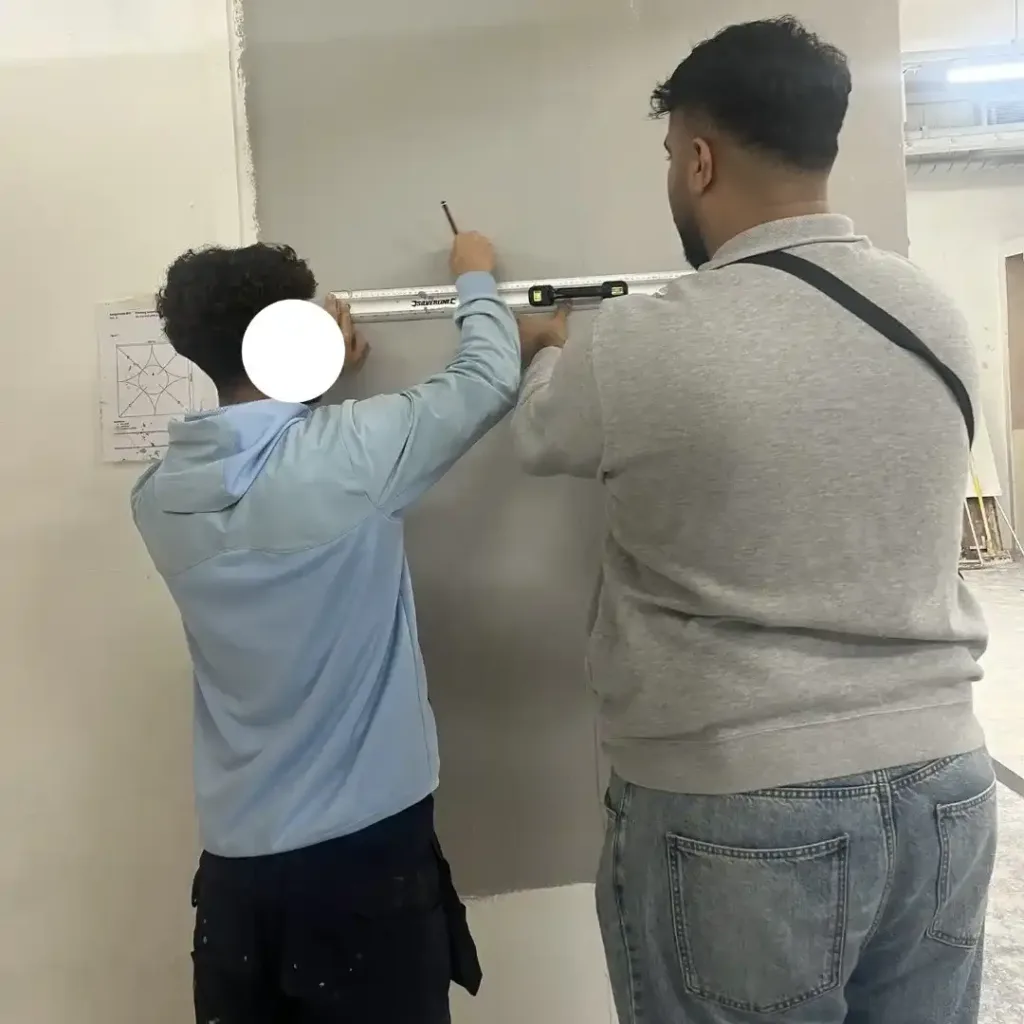
presentation, and politeness mattered just as much as the tasks themselves. Each day followed a familiar rhythm. There were moments of focus, time to work independently, and structured breaks to help everyone reset. For our resident, this routine made a real difference. The predictability allowed him to feel secure and in control. When he knew what to expect, he could focus on learning instead of worrying about what might go wrong.
This sense of order was matched by genuine care from the staff. They provided encouragement, but they also held him accountable for his actions and effort. When his motivation dipped, they guided him firmly but kindly back on track. There was no shouting or punishment, just clear direction and steady support. That balance of firmness and warmth helped him stay calm and connected. It showed him that teachers were there to help, not to judge.
Over time, he began to respond to this structure in noticeable ways. He arrived on time, prepared for lessons, and greeted staff politely. His focus improved, and his effort remained consistent throughout each session. In moments when frustration appeared, he managed it better than before. He had learned to take a breath, listen, and try again. The staff noticed this maturity and praised him for it. Positive reinforcement built confidence far more effectively than criticism ever could.
The learning environment itself also encouraged respect and teamwork. Tools were shared carefully, and everyone was expected to maintain safety and order in the workshop. These expectations created a professional atmosphere, one that mirrored a real workplace. For our resident, that structure helped him see himself as capable and responsible. He was not being treated like a child who needed controlling. He was treated like a learner developing a craft. That subtle shift in approach made him feel valued and trusted.
Support extended beyond the tasks at hand. The staff took time to explain why structure matters, how presentation reflects pride, and how every small action contributes to success. They made learning about more than the workbench. It became a lesson in life skills: managing time, showing respect, and taking ownership of results. These were not abstract ideas. They were habits formed through daily practice.
The combination of structure and support changed how he viewed himself. Where once he might have doubted his ability to learn, he now recognised that he could achieve with effort and guidance. His confidence grew with every completed project and every positive interaction. Each success confirmed that he was capable, that he belonged in this space, and that his effort had real value.
Structure gave him direction, and support gave him belief. Together, they created a foundation where practical skills could flourish. The workshop became more than a place to learn a trade. It became a space where respect, effort, and encouragement worked hand in hand to build not just ability, but self-worth. Through consistency and care, he discovered that discipline is not about control. It is about creating the right conditions for growth.
Beyond the Workshop – Confidence, Character, and the Value of Practical Skills
Learning practical skills has given our resident much more than technical knowledge. It has shaped his confidence, his character, and his understanding of how effort leads to achievement. Each completed task has become a building block, not just in his education, but in his sense of identity. What began as a way to learn a trade has become a way to learn about himself. The confidence that now shows in his work did not appear overnight.
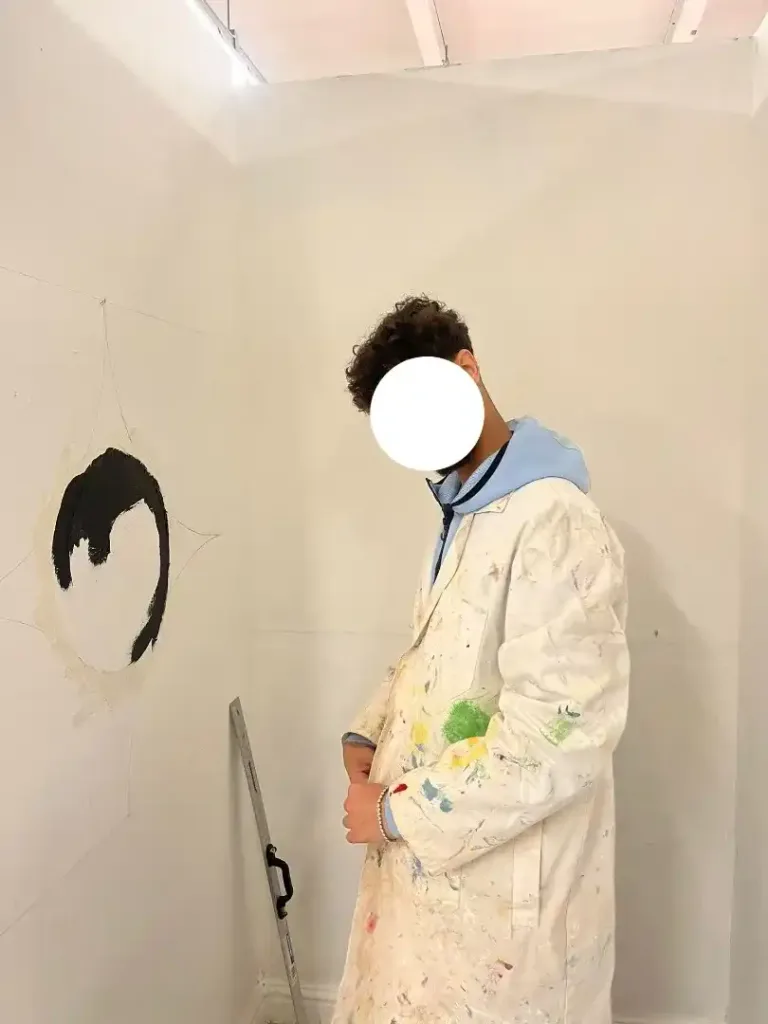
It grew slowly, through patience and persistence. Each time he completed a project, whether it was a tiling design or a woodwork joint, he could see tangible evidence of progress. He could hold it, measure it, and take pride in it. That visible success gave him something traditional schooling could not: proof that his effort had meaning. Practical learning rewards perseverance. It reminds students that real progress often takes time, but that the result is worth the wait.
The skills he is developing go far beyond the workshop. They include teamwork, communication, and the ability to accept feedback with maturity. He has learned how to listen carefully to instructions and how to ask for help when he needs it. These are valuable life skills that will serve him well in any setting, whether in future education, employment, or independent living. They also reflect personal growth. His calm participation, his respectful manner, and his willingness to improve all show how much he has changed since leaving the traditional classroom.
The structure and support that guided him have also taught important lessons about responsibility. Arriving on time, presenting work neatly, and staying focused are not just expectations in college. They are habits that prepare him for adult life. The same discipline that helps him complete a project now will one day help him meet workplace standards and personal goals. Through practical education, he is learning not only how to complete tasks, but how to manage himself.
There is also a deeper, emotional impact. The pride he feels after completing a piece of work builds self-esteem. Each success replaces old frustrations with a sense of achievement. He no longer measures himself against what he cannot do. Instead, he recognises what he can. That shift in mindset is powerful. It turns learning into a source of motivation rather than anxiety.
His journey reminds us that education is not a single path. The traditional classroom suits some learners, but others thrive in environments where they can move, build, and create. Practical learning provides a bridge for those students, linking understanding with action. It shows that success is not defined by exam scores or written work, but by persistence, focus, and growth.
For educators, care staff, and parents, his story offers a clear message. When young people are given structure and support, and when their effort is valued, they begin to believe in themselves. Practical education is not a second option. It is an essential and respected route that helps learners achieve their full potential.
Practical skills are more than tools or techniques. They are lessons in confidence, patience, and self-discipline. They give young people the power to see progress, to feel capable, and to take pride in what they create. Our resident’s journey shows how powerful that can be. Through effort, structure, and support, he has built far more than a set of technical abilities. He has built belief in himself.
This is the real value of practical learning. It teaches young people that success is not about being perfect, but about trying, improving, and taking pride in progress. It reminds us that with the right guidance and environment, every learner can grow. Through practical skills, they do not just learn how to make or fix things. They learn how to build confidence, character, and a future filled with possibility.
Got a question?
Frequently Asked Questions
What are practical skills in education?
Practical skills are hands-on abilities that help learners apply knowledge through real tasks. They include activities such as construction, painting, woodworking, and design. These skills connect learning to real-world outcomes, allowing students to see and measure their progress directly.
Why are practical skills important for young learners?
Practical skills give learners the chance to achieve through doing rather than only listening or writing. For many young people, success comes when they can see results take shape under their own hands. This approach builds confidence, patience, and problem-solving abilities.
How does structure help students in a practical learning environment?
Clear routines, boundaries, and expectations help learners feel secure and focused. Structure provides predictability, which reduces anxiety and encourages responsibility. When students know what is expected, they can concentrate on improving their work instead of managing uncertainty.
What role does support from staff play in this kind of learning?
Supportive teaching is essential. Staff who combine firm direction with warmth help students develop self-control and trust. Encouragement and constructive feedback keep learners motivated, especially when tasks are challenging. This balance allows effort to become progress.
How do practical skills prepare young people for the future?
Beyond technical ability, practical learning builds vital life skills. Learners develop perseverance, time management, teamwork, and self-reliance. These qualities prepare them for employment, further education, and independent living. Practical education helps them see that their effort can create real and lasting success.
Who benefits most from practical learning environments?
Students who find traditional academic settings difficult often benefit most. Practical education suits learners who are active, creative, or hands-on by nature. It offers a space where they can thrive through effort, structure, and support, building both skill and confidence along the way.


